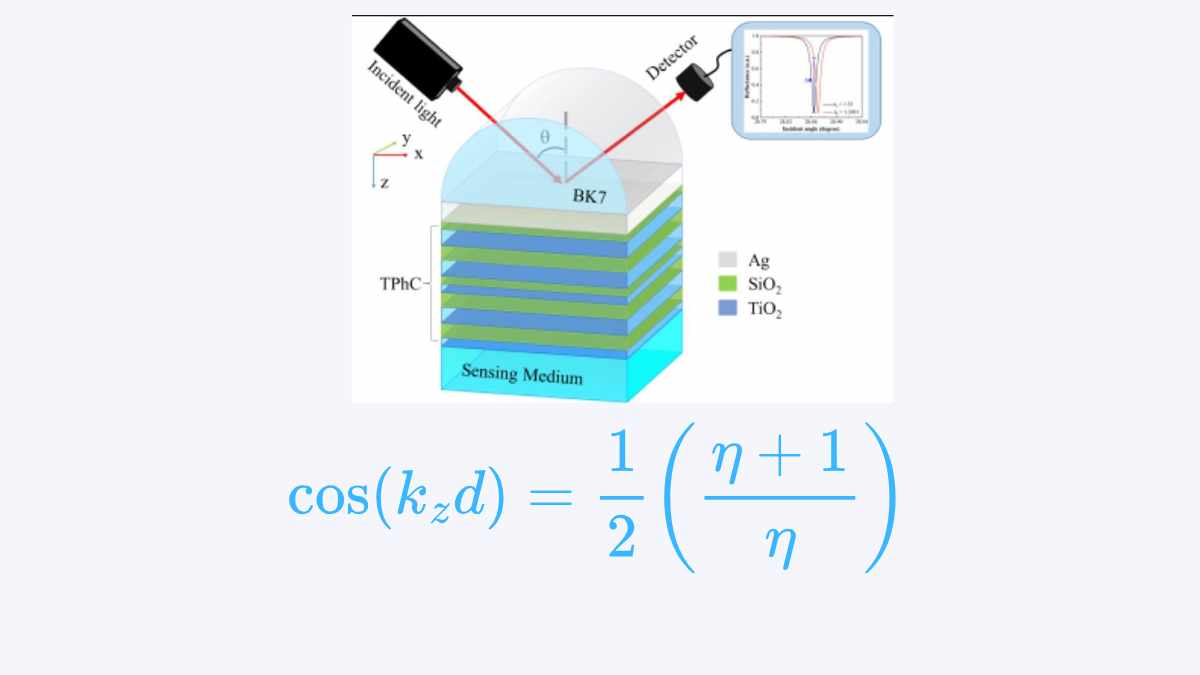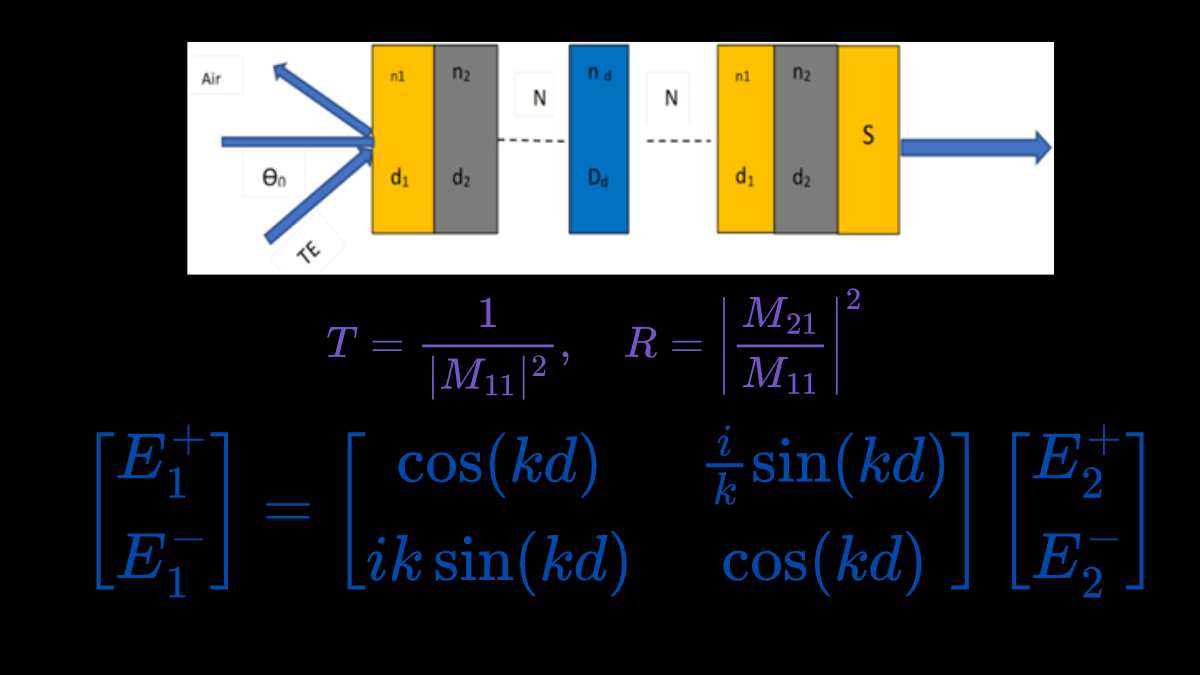In the world of photonic crystals, it’s easy to get swept up in dazzling simulations, exotic geometries, and theoretical band gaps that promise revolutionary breakthroughs. But here’s the catch: many of these designs never make it past the lab notebook or simulation software. The real challenge isn’t dreaming up an innovative photonic structure—it’s building one […]




